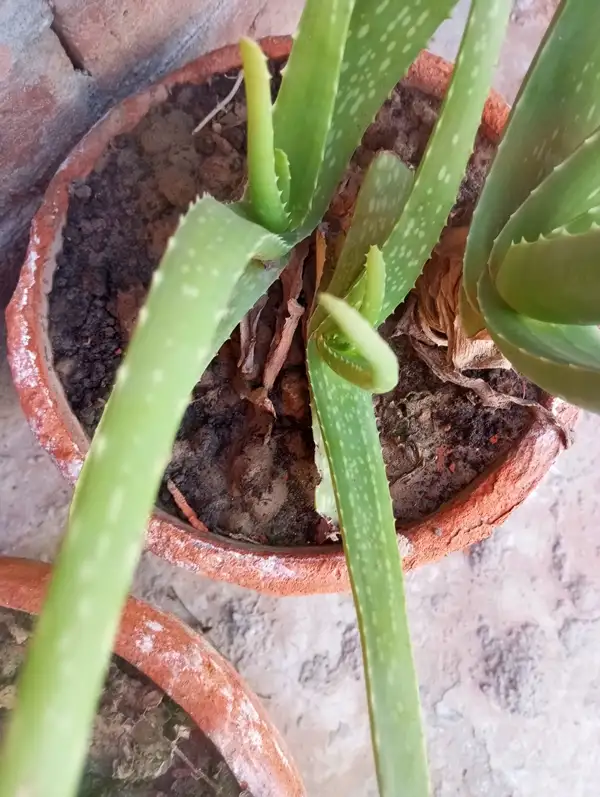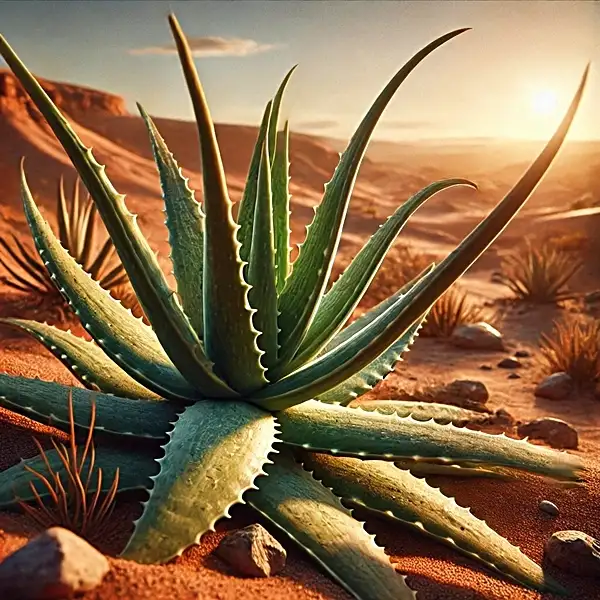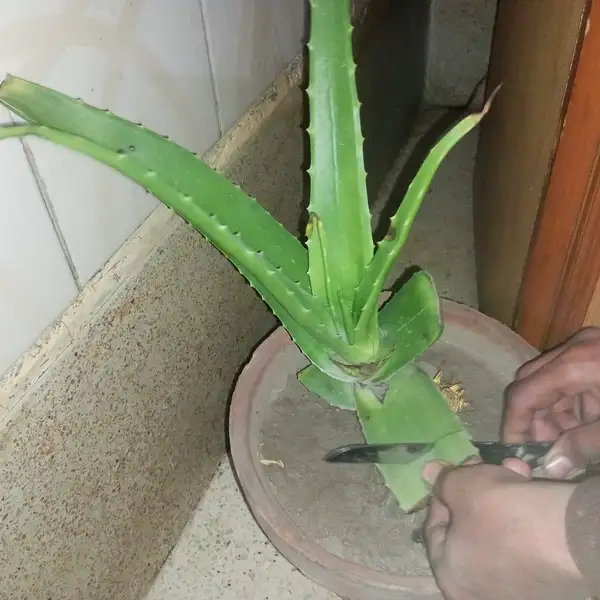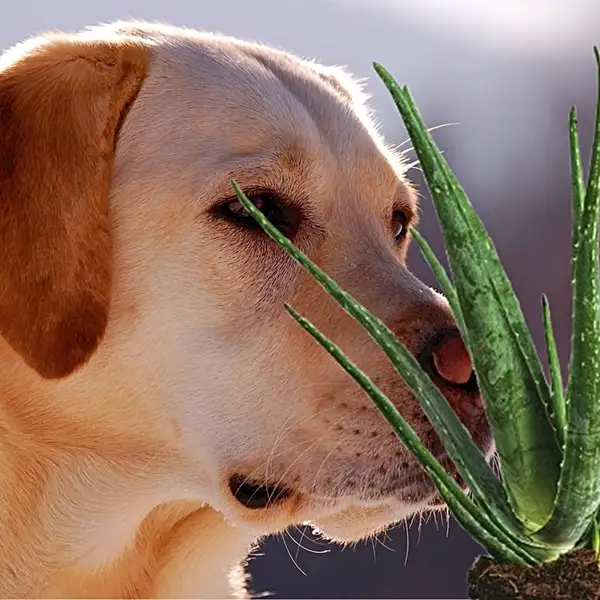Key Takeaways
| Key Takeaways | Why It Matters |
|---|---|
| The Hidden Origins of Aloe Vera | Uncover where this resilient plant truly comes from and why its habitat defines its properties. |
| Perfect Climate for Thriving Growth | Learn what environmental conditions help Aloe vera flourish and how to replicate them. |
| The Soil It Loves & The Ones It Rejects | Find out which soils support Aloe vera’s health and which lead to its downfall |
| Global Hotspots for Aloe Vera Cultivation | Where does Aloe Vera Grow? Explore the top regions where Aloe vera grows best and why these places dominate production |
| Growing Aloe Vera Beyond Its Native Land | Discover modern techniques for cultivating Aloe vera anywhere, even in unfavorable climates |
| Future of Aloe Vera Farming | See how climate change & agricultural advancements are shaping Aloe vera’s future |
| Role of Aloe Vera in Everyday Life | Understand how this plant transcends geography, impacting medicine, cosmetics, and households globally |
Aloe Vera and Its Natural Habitat
Aloe vera, distinguished by its green, fleshy leaves filled with healing gel is a well-endowed succulent that is often unveiled as foremost option in alternate therapies, cosmetic products & home remedies. However, behind every household pot of aloe vera lies a story corresponding to its natural habitat & growth needs.
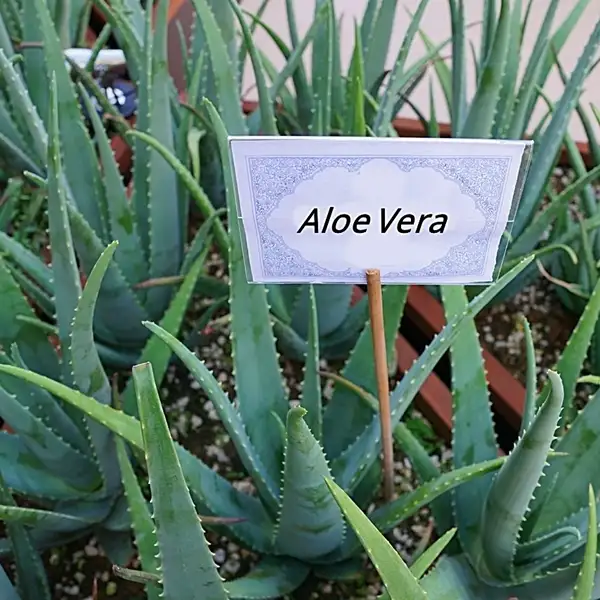
In terms of botanical residence, the genetic roots of this miraculous plant can be traced back to Arabian Peninsula’s arid landscapes. It’s well-suited for desert areas because it can prevent water loss similar to cacti. It also grows best in northern Africa especially in places like Morocco & Mauritania.
Aloe vera comes from this area, where it grows well under hot sun with long summers & little rain. It can handle temperatures up to 40 degrees Celsius. Instead of just surviving, it thrives, growing stronger in tough conditions of land.
3 Optimal Climate Conditions for Growing Aloe Vera
A fundamental understanding of ideal climate conditions is indispensable while contemplating growing this perennial wonder outside its home terrain.
Those wishing to cultivate this traditional medicine’s purest form must take into account 3 vital factors:
| Factor 🌞 | Best Conditions 🌿 | Considerations 🛡️ |
|---|---|---|
| Temperature 🌡️ |
|
|
| Sunlight ☀️ |
|
|
| Seasonal Care 🍂 |
|
|
Best Soil Guide for Aloe Vera: What Works & What Fails?
Crediting its desert origins, aloe vera exhibits a high tolerance for weak & fragile soils.
| Soil Type 🏜️ | Characteristics 🧱 | Recommendations 🌱 |
|---|---|---|
| Sandy or Gravelly Soil |
|
|
| Loamy Soil (Well-Draining) |
|
|
| Clay Soil |
|
|
| Organic Compost Mix |
|
|
| Perlite & Gritty Sand |
|
|
| Bone Meal Fertilizer |
|
|
11 Countries List: Where Does Aloe Vera Grow Most in the World? 🌍
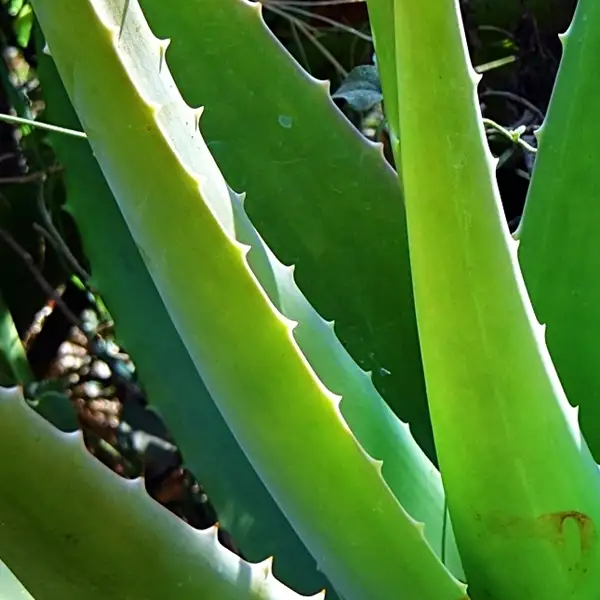
Traditionally sprouting from Arabian Peninsula’s arid deserts, this perennial plant has transcended geographic barriers dewed by humans’ inherent desire to harness its abundant benefits.
| Country | Production Share | Notable Regions |
|---|---|---|
| Mexico |
|
|
| Dominican Republic |
|
|
| Thailand |
|
|
| India |
|
|
| Venezuela |
|
|
| South Africa |
|
|
| Australia |
|
|
| Mediterranean Coasts |
|
|
| United States |
|
|
| China |
|
|
| Egypt |
|
|
2 Best Methods: How to Grow Aloe Vera Outside Its Native Habitat
Modern technological advancements coupled with human ingenuity have brought about successful propagation possibilities even outside preferred growing climates –
| Method 🌱 | Description 📝 | Advantages 👍 |
|---|---|---|
| Greenhouse Cultivation |
|
|
| Indoor Pot Planting |
|
|
Future Prospects: Adapting Aloe Vera Cultivation to Different Climates
Looking ahead, compounded implications of climate change, with erratic weather patterns & global warming/rising temperatures, make adaptable cultivation practices essential.
Let’s discuss 4 best strategies for the purpose –
| Technology/Strategy ⚙️ | Impact on Aloe Vera Cultivation 🌿 | Key Considerations 🧠 |
|---|---|---|
| Precision Farming 🎯 |
|
|
| Water Conservation Systems 💧 |
|
|
| Climate-Resilient Greenhouses 🌱🏡 |
|
|
| Genetic Research 🔬 |
|
|
Important to Note
- Despite climate challenges, global aloe vera market is projected to grow by approximately 11% over the next decade.
- It presents new opportunities for both current farmers & new enthusiasts in diverse industries like food, beverages & cosmetics.
Final Thoughts
‘We must admit, nature in itself is quite extraordinary – transforming desolate, barren lands into ones filled with remarkable adaptability, often far beyond what humans can consciously plan or effectively create.’ – Prof. Jules Pretty (a British environmentalist & professor of environment & society) perfectly captured this idea, highlighting natural strength & resilience of all thriving plants including our beloved Aloe Vera.
Cultural evolution has firmly entrenched this desert plant in our world, blessed with healing properties & transcending geographical barriers to find a place in millions of homes worldwide, from commercial uses to home gardens, making it truly the panacea of Mother Nature’s garden!
Frequently Asked Questions
Where is Aloe Vera Mostly Grown in World?
Mexico dominates global aloe vera production, supplying nearly 45%. The Dominican Republic, Thailand & South Africa also contribute significantly. It thrives in arid regions across Mediterranean, Australia & the southern U.S. where dry, sun-rich conditions support its growth.
Where Do Aloe Trees Grow?
Aloe trees like Aloe barberae grow in Africa’s arid regions particularly South Africa & Madagascar. They thrive in dry, rocky terrains & open woodlands, adapting to harsh climates with minimal water.
Can Aloe Vera Grow Anywhere/Everywhere?
No! Aloe vera thrives in warm & dry climates with well-draining soil. It struggles in extreme cold & excessive moisture. Greenhouses & indoor pots help it survive outside its natural habitat but certain conditions remain unsuitable.



